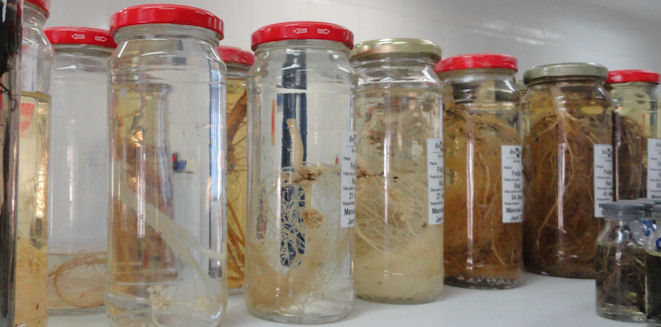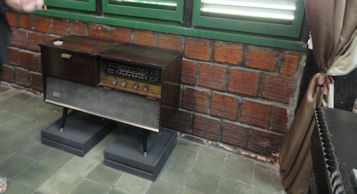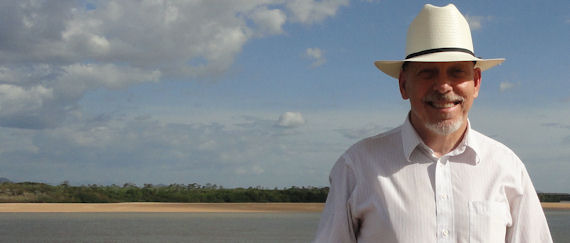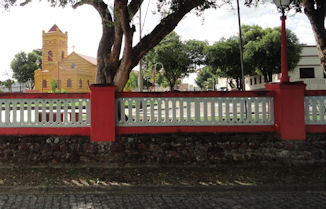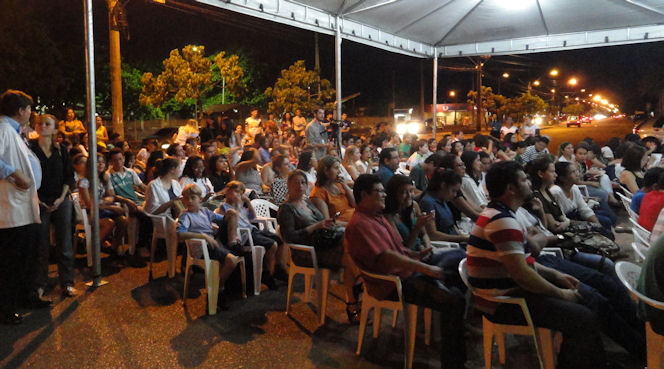
Brazil has changed. What was once a coastal country of Samba has become more of an interior country of Sertaneja, a type of Country-Western music that regularly tops the charts here. But our resourced remain deployed mostly in the old Brazil. This is certainly not to underestimate the importance of Rio and São Paulo, but it is good to get outside the Brasília, Rio, and São Paulo triangle. That is what we have been trying to do. Keep old friends in Rio and São Paulo but make new ones in the North and the West. To that end, I have been to states like Acre, Rondônia, Amapá and Roraima, as well as the interior of other states. And that is why we want to open corners in places like Boa Vista.
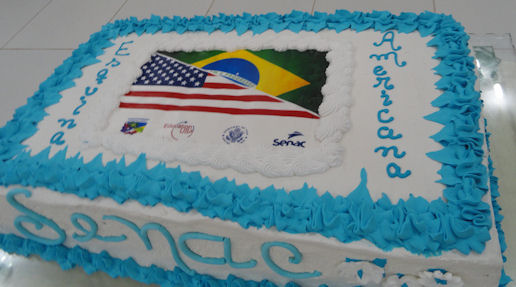
For the first time last year, there was more retail outside the big capitals than inside. The news magazine “Veja” recently ran a series of articles about where the best paying new jobs were. Opportunities have also moved. There is some logic to this. It is a process that we have seen in our own country. Sometimes it is resource based, but there is a simple matter of too much size. Traffic in a city like São Paulo is so bad that it interferes with doing business. You just cannot predict how long it will take to get anywhere. When I go to the airport in São Paulo, it might take just over a half hour, or I could be stuck for a couple of hours. I know that interferes with the work of my colleagues. In Brasília, I can do five or six appointment in a day. In São Paulo it can be hard to do two or three. It just takes too long to get from one to another. As this affects us, it affects all business. There are lots of advantages to being in a big city, but at some point the advantages are tipped by the physical difficulty of doing business.
I digress (and my digression is bigger than the rest of the post) to explain why I think it is so important to do a Brazil-wide strategy. Put another way; imagine concentrating your efforts predominantly in New York, Washington and Los Angeles, with an occasional foray into Boston, Chicago and San Francisco. Would you know the United States? I don’t think it is possible for anybody to know comprehensively great countries like the U.S. or Brazil, but the effort is worth it. There is also the relative impact argument. In places like Boa Vista, we get lots of contact interest precisely because we are rare. I am confident that our forays into Roraima or Acre will be long remembered and remarked. Of course, we cannot spend a majority of our time there, but some time is well worth it. Brazil’s burgeoning middle class and population shifts have created new opportunities. I want us to be there for them.
Here is my reporting paragraph. We opened an American Corner cum EducationUSA center in Boa Vista in the distant Amazon state of Roraima as part of our strategy of meeting the new and dynamic Brazilian demography. It is called the Abraham Lincoln Center because Old Abe won decisively in an online contest, we speculate due to name recognition from the success of the Steven Spielberg movie “Lincoln.” Hosted in the Language Center of SENAC, the American Corner is the first public diplomacy outpost west of Manaus. The Corner is now the centerpiece of a bustling foreign language facility that enrolls over 800 students and hundreds more through SENAC’s workforce development program. The opening ceremony attracted over 250 young people and local media covered the event widely. Embassy´s Facebook page got 323 likes, and comments asking for American Corners. In addition our PAO, EducationUSA Director and IRO did the “Aula Magna” lecture to a packed auditorium at the Federal University of Roraima and generally hobnobbed with local swells and bona-fide dignitaries.
The audience sat through all the speeches and still took the time to come in for the tours. You have to respect this kind of endurance. Having a presence helps and is already helping. For example, our agricultural attaché is planning a trip to Roraima.He now has a kind of base of people who can help him information about the city that would be harder to get otherwise and general contacts far away from out home-base.
Maybe the most important part is the partnerships. I like that concept of partnership. The basis of partnership is simply a matter of finding shared aspirations. We used to have a patronage paradigm, where we would give resources to sponsor programs. It was akin to advertising. Partnership is better. Our Brazilian friends in Boa Vista are partners, actually lead partners. They furnish most of the resources needed to run the center and make the decisions. We help with materials, training and advice. We all give and all get. That is how it should be. That is sustainable.
My picture up top is the audience at the opening. They closed off the street to make room. Below is the cake for the opening. The people at SENAC made it. They have a school for bakeries and restaurants. It was a very good cake. I ate a couple slices.

